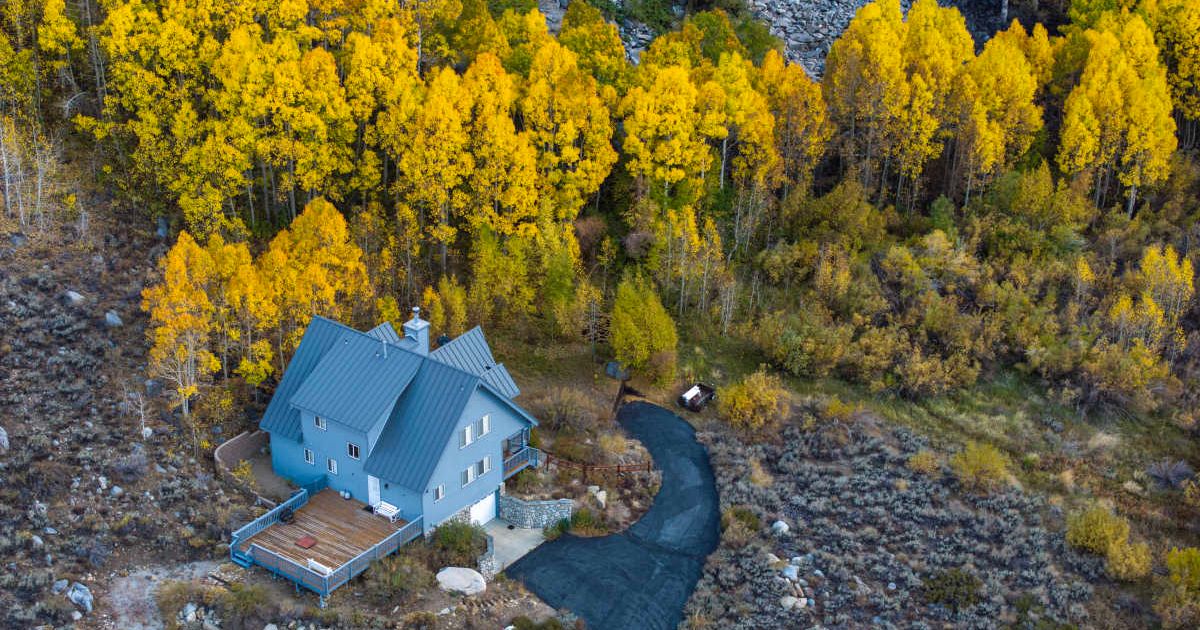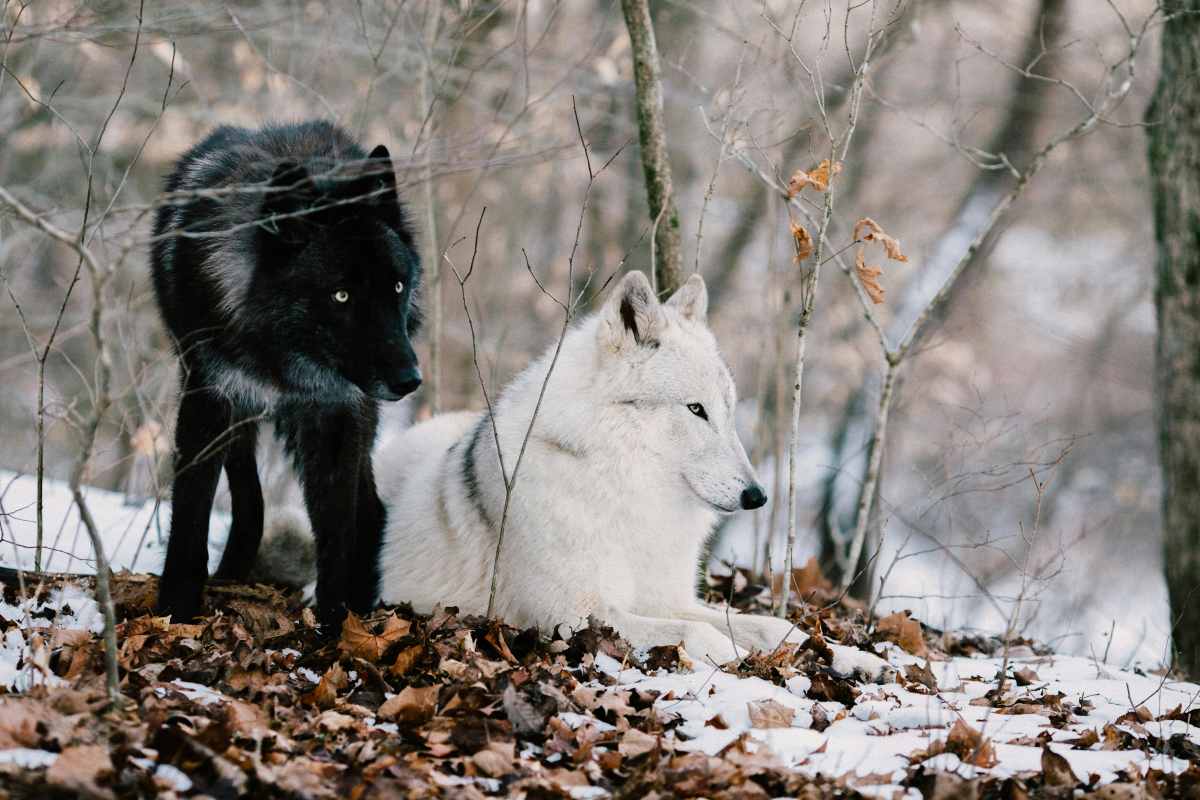Wolves helped aspen trees thrive in Yellowstone National Park: Study

Yellowstone has opened the eyes of experts to another ecological phenomenon, which has been linked to the return of wolves in the area. It has been explained in detail within the journal Forest Ecology and Management. The study claims that since the return of gray wolves (Canis lupus) to Yellowstone, researchers have witnessed a shift in the growth behavior and distribution of certain trees. The aspen trees, which never grew beyond waist height due to being eaten by elk, are now growing towards the canopy. The change is a consequence of the trophic cascade, which is essentially a systemwide effect that occurs in an area after the loss or return of an apex predator.

Impact on Trees
Wolves returned to Yellowstone in 1995, according to Earth.com. In 2020 and 2021, experts observed around 87 aspen stands in the National Park, and 43% of the stands had trees measuring 2 to 4 inches in DBH (Diameter at Breast Height). Since the 1940s, the stands are the first overstory cohort to exist in the area. The results indicate that there are 1,460 stems present per hectare and 152 stems present per acre. It further implies that there has been a 152-fold jump in sapling and young tree density in the area, compared to the late 1990s.

The trees' height is a crucial finding, as past investigations have showcased that trees taller than 6.6 feet are less likely to be clipped and also protect them against browsing or exploration by animals. To have accurate data, the team conducted stand-wide checks in random plots, not to miss scattered pockets of tall saplings. This approach led them to some stems protected by logs, which reached a height where they could no longer be hurt by nibbling from animals.
Researchers believe that the aspen trees exhibited more length in the late 2000s when herbivores, like elk, started to decline in numbers in the Northern Range, possibly due to wolves. After the arrival of wolves, elk began to spend their time mostly north of the park boundary, rather than inside, where aspens grow.
Comeback of Wolves
Gray wolves (Canis lupus) were once abundant all over the Yellowstone, according to Smithsonian Magazine. Habitat loss, hunting, and government programs wiped out the creatures in the 1930s. It hugely benefited the elk population, as they were no longer under the wolves' threat, and expanded to around 17,000 in numbers by 1995. These elk destroyed aspen trees to such an extent that during the surveys of the 1990s, not even one aspen sapling could be located. "[The aspens] would grow new sprouts, but then the sprouts couldn't get any larger [because of the elk]," said lead author Luke Painter, an ecologist at Oregon State University.
"The stands basically had older trees … and those were dying out, and then there wasn't any new growth underneath, of young aspens, to replace those older trees," Painter added. After the reintroduction of wolves in 1995, the number of elk decreased. Now, apparently, only 2,000 individuals spend winters in the National Park, which helped aspen regain its footing. "It doesn't mean that they're not going to get killed or die from something, but it's a pretty good indication that we're getting some new trees," Painter shared. "As they get bigger, they get more resilient."
Benefit of the Change
Researchers are hopeful that this new system, where all three: wolves, aspen, and elk are sustaining themselves, will also benefit other creatures. The team cites bird species like woodpeckers and tree swallows, which live in cavity nests of aspen trees, would benefit, as well as beavers, who feast on the trees' bark and small branches. "The reintroduction of large carnivores has initiated a recovery process that had been shut down for decades," said Painter in a statement. "This is a remarkable case of ecological restoration… Wolf reintroduction is yielding long-term ecological changes contributing to increased biodiversity and habitat diversity."